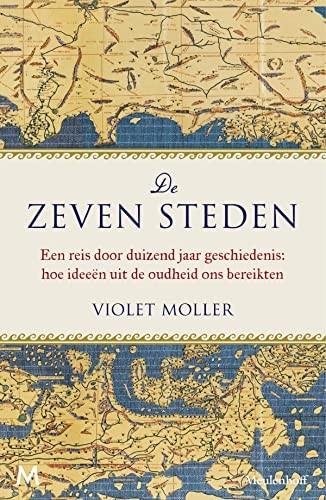A brief history of science in the West and the Middle East, from antiquity until the printing press.
3 stars
This is a translation of "The Map of Knowledge", and discusses how scientific knowledge was advanced and preserved from Antiquity until the Renaissance, in Europe and the Middle East.
The book discusses the history of science. More specifically, it looks at the scientific world in seven cities in chronological order. These cities are Alexandria (mainly because of its library), Baghdad (under the Abbasid dynasty), Cordoba (under the Umayyad dynasty), Toledo (mostly under Alfonso X "The Wise"), Salerno, Palermo, and Venice.
While the first four cities are in clear chronological order, after that it feels like we're being moved forward and downward in time. A timeline would have helped to make things more clear.
Although the motivation for each town is clearly explained, it still sometimes feels arbitrary. Paris is mentioned often enough that it, too, might have been included.
The book ends with the printing press, and how Venice became …
This is a translation of "The Map of Knowledge", and discusses how scientific knowledge was advanced and preserved from Antiquity until the Renaissance, in Europe and the Middle East.
The book discusses the history of science. More specifically, it looks at the scientific world in seven cities in chronological order. These cities are Alexandria (mainly because of its library), Baghdad (under the Abbasid dynasty), Cordoba (under the Umayyad dynasty), Toledo (mostly under Alfonso X "The Wise"), Salerno, Palermo, and Venice.
While the first four cities are in clear chronological order, after that it feels like we're being moved forward and downward in time. A timeline would have helped to make things more clear.
Although the motivation for each town is clearly explained, it still sometimes feels arbitrary. Paris is mentioned often enough that it, too, might have been included.
The book ends with the printing press, and how Venice became a primary source of printed books. This is a fitting end, as the dissemination of scientific knowledge was revolutionized and a new era began in the scientific world.
In the epilogue, it discusses how the telescope and microscope revolutionized science even further.
If you're interested in the medieval world, this is a worthwhile read.

